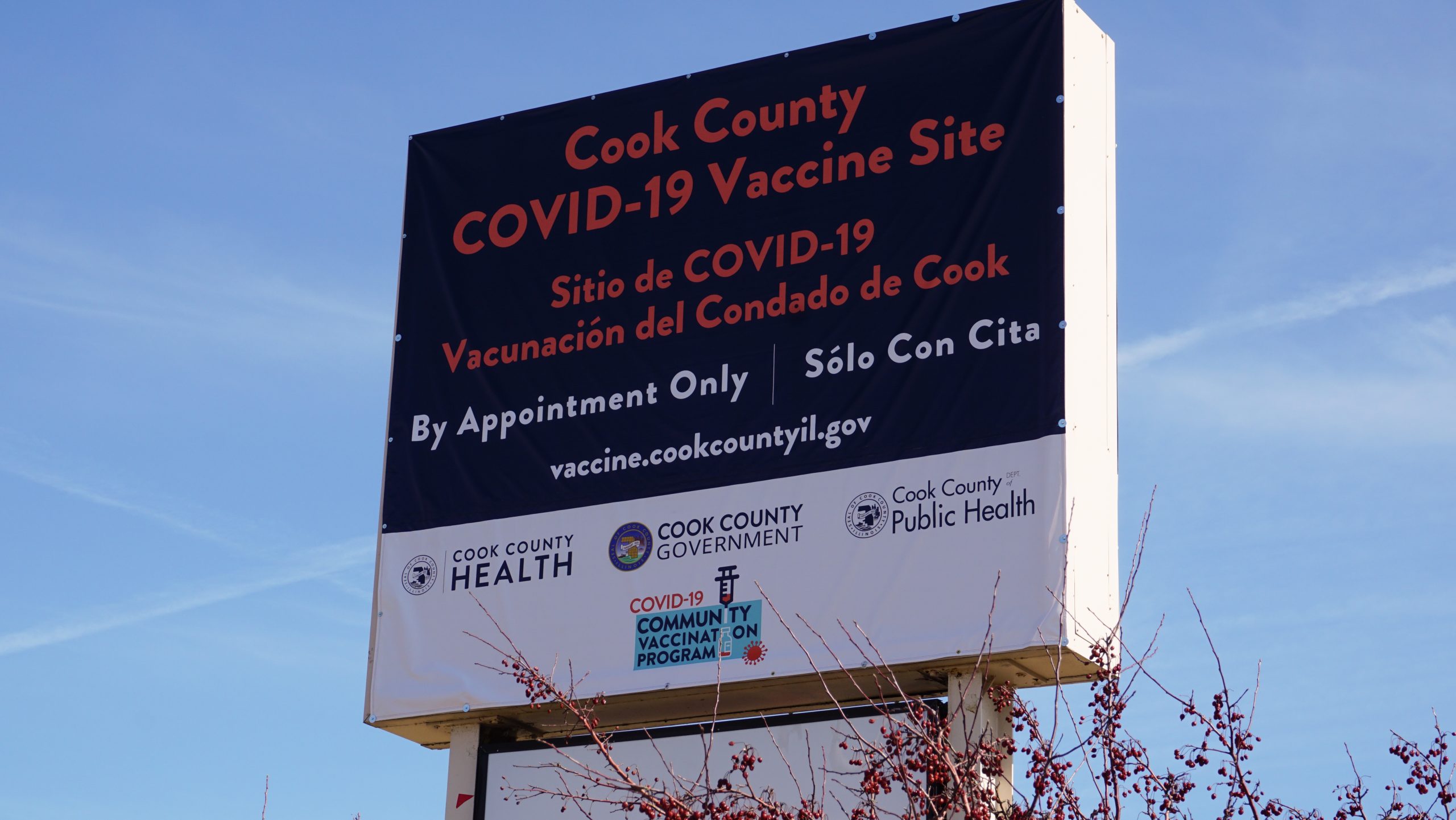Figure 1 demonstrates the city’s equity vaccine administration’s relative success in decreasing racial inequalities in vaccine uptake. Between December 2020 and March 2021, the City of Chicago substantially reduced the overrepresentation of White residents and improved the underrepresentation of Black and Latinx residents receiving the COVID-19 vaccine. As of March 10, 2021, the COVID-19 vaccination rate of White residents is 3.1 percentage points higher than their proportion of the population in the city. The vaccination rate for Latinx residents is 1.3 percentage points higher, and the rate for Black residents is 5.5 percentage points lower than their proportion of the city’s population.
Figure 2 also compares this targeted highly vulnerable zip code to a similar highly vulnerable community (60621) not included in the pilot initiative. We can see in Figure 2 that both the absolute difference from the citywide average and the rate of change in the vaccination rate disparity was more substantial for the highly vulnerable community excluded from Protect Chicago Plus. This pattern of changes in vaccine uptake suggests that the current intervention efforts work great for medium vulnerable communities, not as well for highly vulnerable communities, but better than highly vulnerable communities not included in targeted interventions.
Inclusion of zip codes 60636, 60621, and 60628 in the Protect Chicago Plus program is likely to help reduce the vaccine disparities between these zip codes and the citywide average and help reduce current citywide racial differences in vaccine uptake since these communities are respectively 88%, 95%, and 93% Black. Protect Chicago Plus’s success in zip codes 60619 (95% Black) and 60652 (46% Black) suggests that vaccine hesitancy among Black residents is not the primary cause of the observed racial disparities. Suppose Chicago includes these highly vulnerable Black communities into the targeted program. In that case, it is likely to increase their vaccine uptake, and additional targeted interventions for highly vulnerable neighborhoods are likely to increase vaccine uptake even more.
The city of Chicago provides an illustrative case study for racial equity in administering the COVID-19 vaccine. Their experience affirms the value and effectiveness of targeted interventions to reduce racial disparities in vaccine uptake. It also suggests that the specifics of vaccine distribution and intervention strategies may be more relevant than vaccine hesitancy in explaining the lower rates of COVID-19 vaccinations within the Black community.








